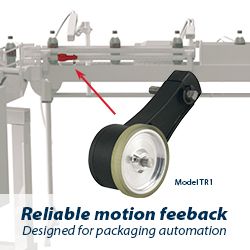GE Launches Brilliant Skills Curriculum to Train Workers for Digital Industrial Future
Virtual Reality in Manufacturing
Global Supply Chain Requires Demand-Driven Real-Time Adaptive Supplier Monitoring
Abu Dhabi, Dubai Partner with GE for Region's 1st Microfactories
A3 to Kick Off Automate 2017 with White Paper on Jobs in the Automation Age
Staying Rich Without Manufacturing Will Be Hard
Switching to Cast Polyurethane Parts for High Impact, High Wear Applications
The Importance of Electrical System Optimization for the IIoT
Mnuchin on robots taking US jobs: 'It's not even on our radar screen ... 50-100 more years' away
3D Printing: Still Worth It?
Gartner muses on importance of algorithms for Industry 4.0 projects
How to Increase Run Rates, Reduce Waste and Maximize Profitability
Smart Manufacturing in Plastic Injection Molding
Industry 4.0: The Five Steps Towards A Digital Supply Chain
Alphabet Soup: Understanding IOT Acronyms and How to Compare Them
Records 2521 to 2535 of 3074
First | Previous | Next | Last
Featured Product

Model TR1 Tru-Trac
Manufacturing and Automation - Featured Company

